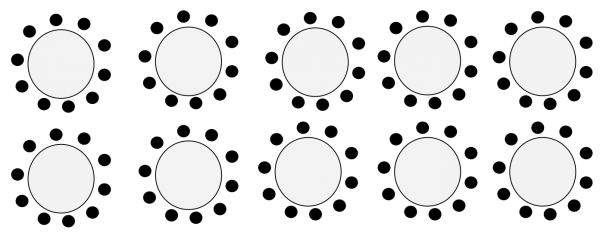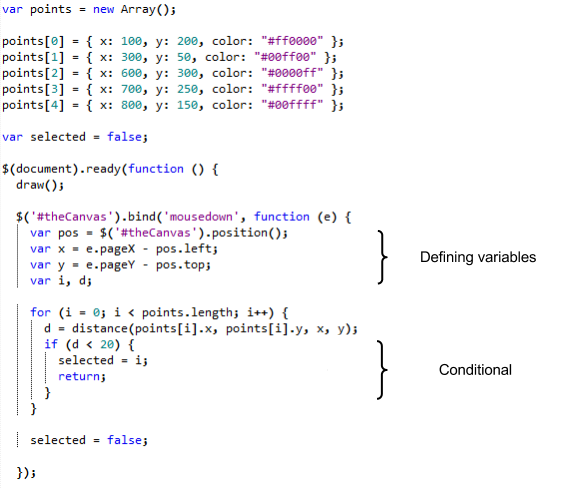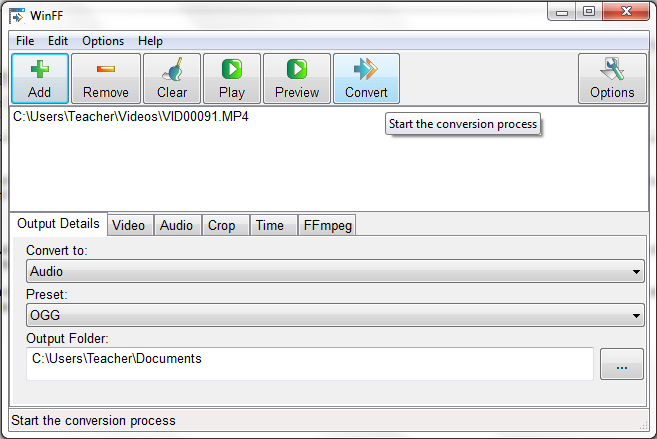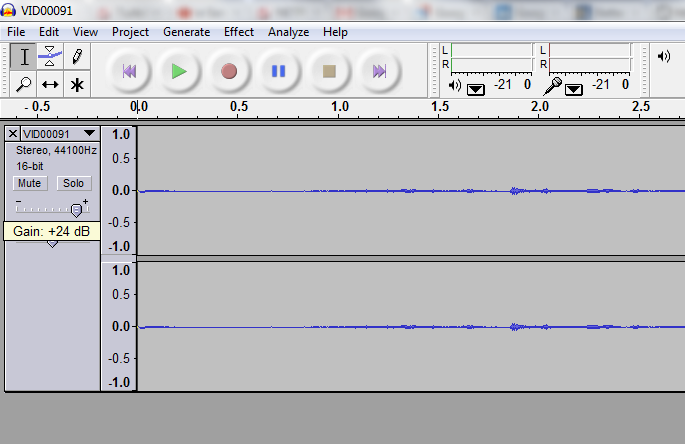I looked through our school library today to see if we had any books which would tell mathematical narratives, and I found the following collection. Some of these stories are more "mathy" than others, but each of them has a narrative written around a mathematical concept. Some of these stories could be used to develop context for your students.
Anno’s Mysterious Multiplying Jar
This short book tells a very interesting story about a mysterious land with 2 countries, 3 mountains inside each country, and 4 kingdoms inside those countries, and so on, ending with 10 jars. The first pages are essentially describing what a factorial looks like, and if the story ended with question "how many jars are on the island?" I think it would have been an excellent lesson hook into factorials. Unfortunately, the book continues after describing this very interesting narrative with a fairly complete description of factorials. If you are a home-schooling parent, and you want to understand factorials better, and have a story to share with your students, this could be a fabulous resource. If you are a teacher, I recommend ending the story on the page where it first asks how many jars are in the boxes (read the story), and using this as an introductory activity with your students into factorials. Alternatively, this could be an interesting lead up to a less interesting arithmetic problem, wherein the students actually calculate how many jars there are.
The Number Devil
This is a novel about a boy who has a fantastic series of dreams full of interesting mathematical ideas, described in language he understands by a character called the Number Devil. The ideas in this story are very interesting to me as a mathematics teacher, and although I’m not sure every kid would enjoy this story, certainly those kids (and adults!) who are interested in mathematical ideas would find this story very interesting. Teachers may also find this book a useful resource for analogies and narratives to help students understand some complicated mathematical concepts. Disclaimer: I have not yet read this entire book, but have enjoyed the 1/3 of it or so that I have read.
The Fly on the Ceiling
This story is a historical account of how Rene Descartes may have come up with the idea of the Cartesian plane. According to some other sources I consulted, unfortunately the story is either not true, or incomplete, as it somewhat ignores the series of other inventions made by other mathematicians in advance of Descartes. That being said, it does have an excellent description of how one might make their own Cartesian plane, and teachers may find some inspiration for activities related to introducing the Cartesian plane from this book.
A remainder of one
This short story is an excellent description of remainders when doing division, and presents an interesting puzzle. How can 25 soldiers be divided into rows evenly with no remainders left over? One could easily find other such puzzles that are related, and make the concept of remainders much more tangible for students. I think that students may find this book interesting (even younger readers who have not yet learned about division) as well as parents and teachers looking for a lesson idea.
Sir Cumference and the Great Knight of Angleland
This story is an attempt to justify the use of angles to solve a problem of navigating through a maze. In terms of giving students some context for understanding angles, I think it does an okay job. One of the benefits of this book is that it does not show the same angles using exactly the same diagrams, which may help students understand that just because two angles have different size rays (or line segments) attached to them, they may still be the same size. I think some students will enjoy this, and teachers may find some useful activities for students to do related to the concept of angles.
One Hundred Angry Ants
One hundred angry ants is a short story about 100 ants trying to get to a picnic quickly, and trying different arrangements of rows of ants and the number of ants in each row. The story is appropriate for talking about factors of 100, and could be easily turned into a problem about factors of other numbers. Students will probably find this story interesting up until about 7 or 8, but teachers may find it a source of an idea about teaching that some numbers have multiple factors.
Among the Odds and Evens
This short story describes what happens when X and Y visit the land of the numbers. They find to their surprise that there is some strange relationship between the oddness or evenness of the parents, and their offspring. I think this book is interesting to help children remember the fact that odd numbers when added together always add up to an even number, and that even numbers always add up to be even, and that an odd and an even number add up to be odd. However, I suspect that this will be more interesting to student to discover this relationship between numbers (among the many other relationships out there).
One Grain of Rice
This is a retelling of the classic story where a peasant outwits the ruler of the land by asking for a doubling reward each day, and ends up with a much larger reward than the ruler expected. It would be good for introducing exponential growth. I would recommend stopping through the story occasionally and asking for predictions from the students about how good a deal the Raja gets. There is an interesting follow-up question for the students as well which is somewhat open-ended: how many years has the Raja been collecting rice? Is it possible for him to have collected 1 billion grains from the lands in his kingdom?
Two of Everything
In this story, an old woman and her husband discover a magical pot that allows them to double everything. It could lead to some interesting questions, like "how long will it take the couple to gain enough money from their pot to be comfortable for the rest of their lives?" I’d recommend this for parents who would like to develop more number sense in their children, and for teachers who would like a hook for a lesson around symmetry, doubling, or multiplication.
The Phantom Tollbooth
This book is a treasure trove of logical puzzles, mathematical ideas, and will get kids thinking about different ways of viewing the world. I remember reading it when I was a kid, and I thought it was excellent. Years later, I realized just how many mathematical ideas were in the book. I would recommend this as reading material for students, parents, and teachers.
If you know of more books like this, which have a mathematical concept (more interesting than counting books please, there are SO many of those) embedded within the storyline in some way, please share them.
Update: I saw this huge list of books with mathematical ideas shared via Twitter. No reviews, but each book has a very short word description of the math idea to which it links.



